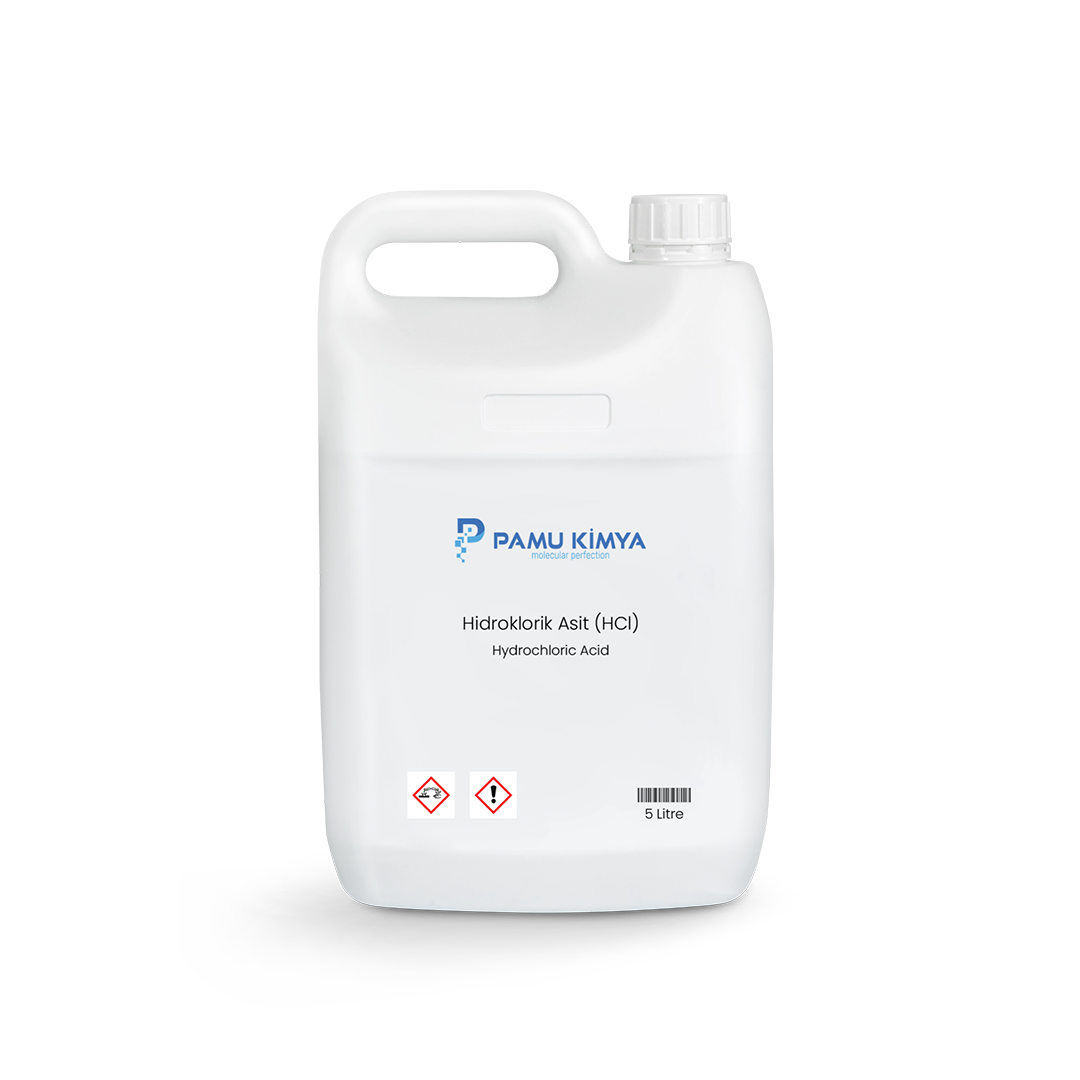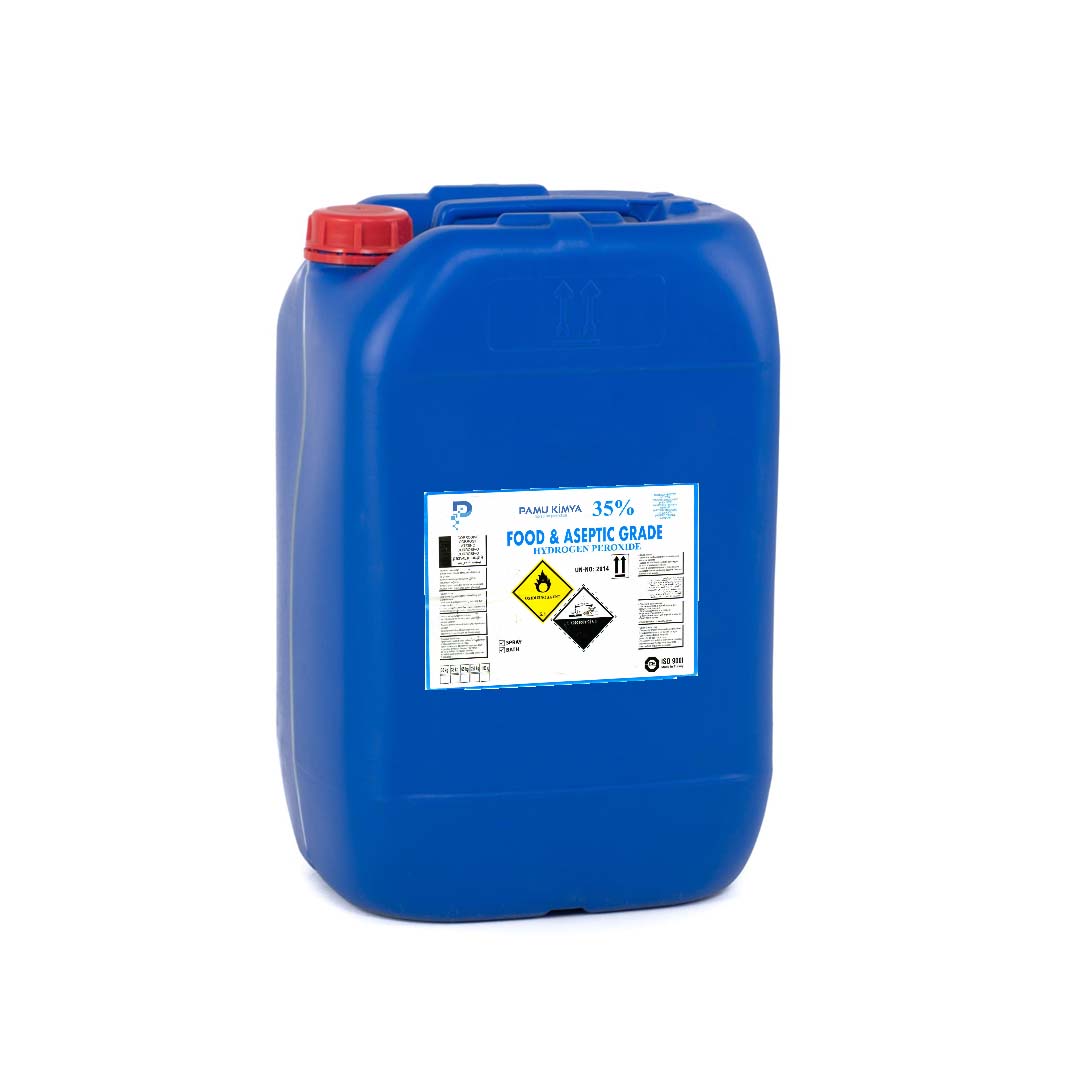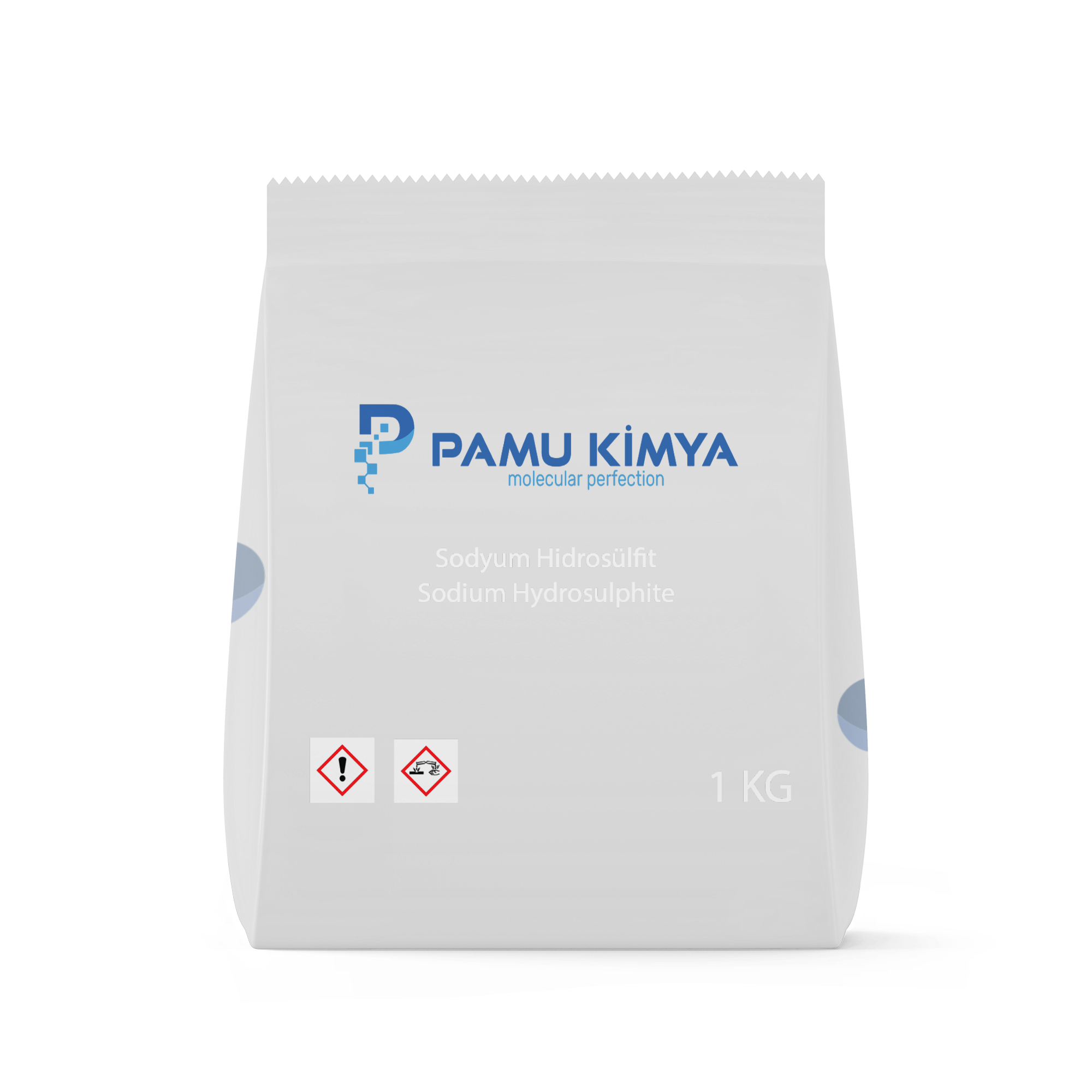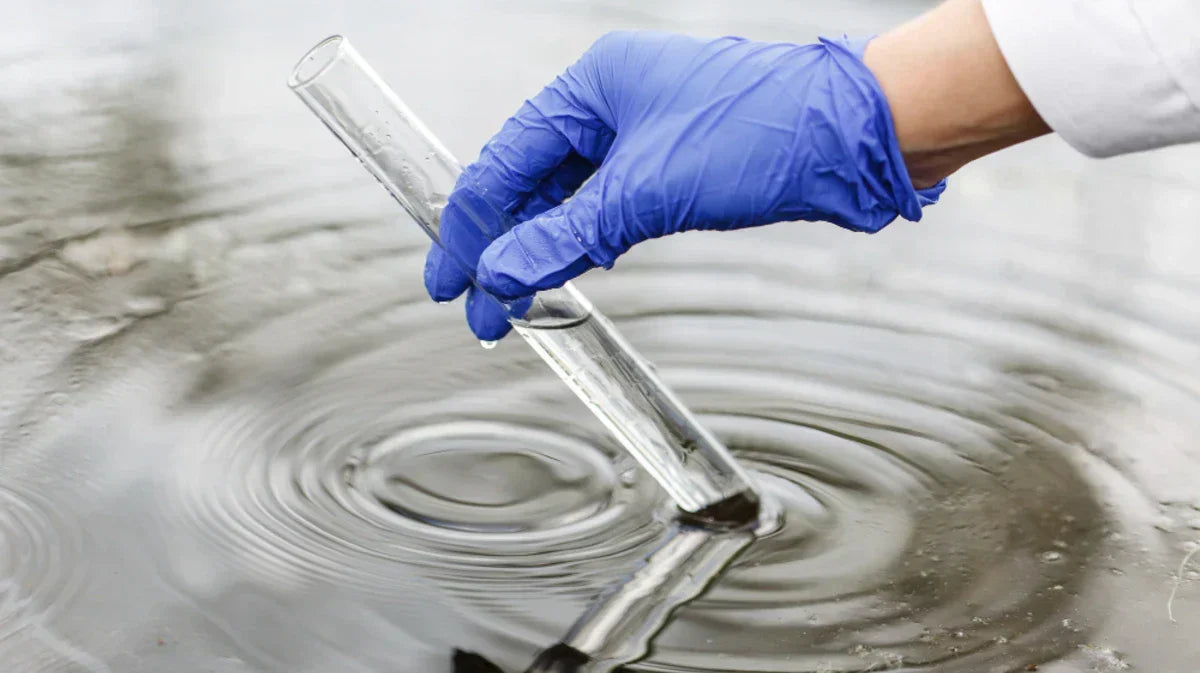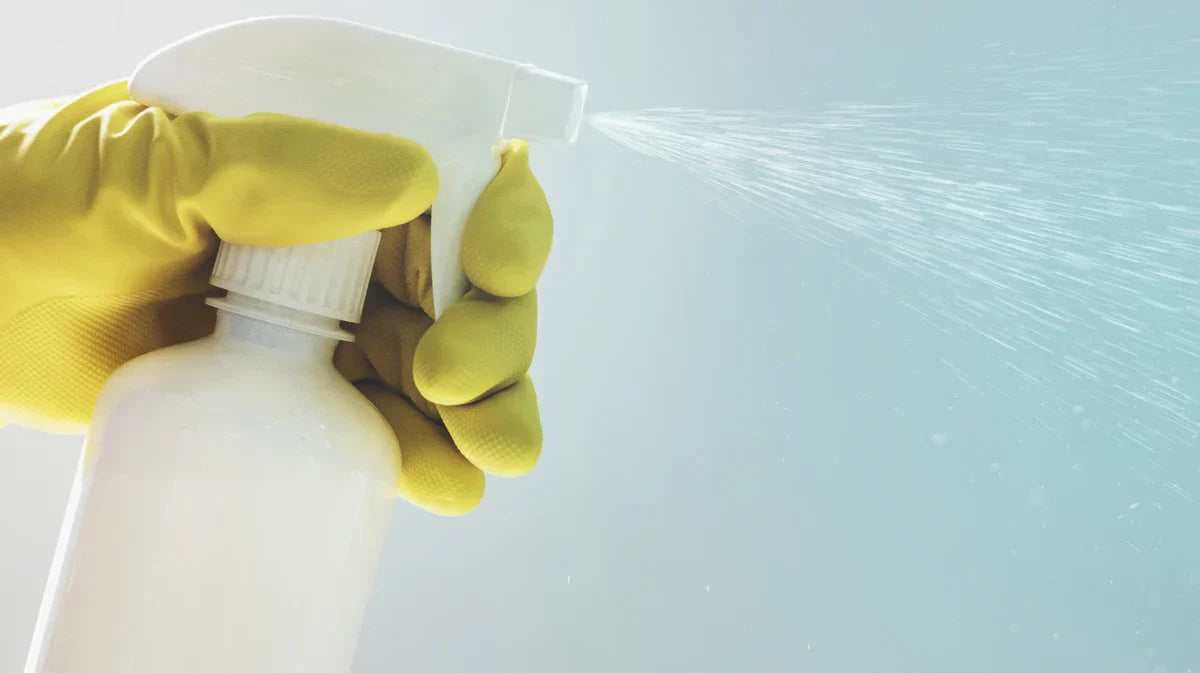
Trend in the Chemical Industry
Introduction: The Role of Chemistry in a Changing World
Global climate change, natural resource depletion, rising energy costs, and environmental pollution have brought about radical changes in the chemical industry, as in every sector. By 2025, this change has become not only a matter of environmental sensitivity but also a natural consequence of economic competition, legal obligations, and consumer expectations.
As Pamu Kimya , we are not only a part of this transformation; we are also its pioneers. We closely monitor changes in the sector and contribute to this transformation with our R&D efforts. In this article, we discuss sustainability and green chemistry approaches in the chemical industry, sharing with you the steps we have taken in this area and our vision for the future.
What is Sustainable Chemistry?
Sustainable chemistry is an approach that aims to minimize the negative environmental impact of production processes. This requires a holistic approach, from raw material selection and energy use to packaging and waste management.
The main objectives of sustainable chemistry are:
-
Efficient use of natural resources
-
Reducing harmful chemicals
-
Ensuring energy savings
-
Minimizing waste generation
-
Encouraging recycling and reuse
The preference for "more" in production is no longer "more" but "more conscious." Consumers want to see information on product labels not only about ingredients but also about production processes. This requires companies to produce environmentally friendly and transparent products.
Green Chemistry Principles and Importance
Green chemistry is a scientific approach that forms the basis of sustainable chemistry. The 12 Principles , established by Paul Anastas and John Warner in the 1990s, have become the standard in chemical manufacturing processes today.
Some of these principles include:
-
Preventing Waste Generation: Bringing waste production closer to zero with clean production methods.
-
Use of Less Harmful Substances: Use of environmentally friendly alternatives instead of toxic and hazardous chemicals.
-
Energy Efficiency: Reactions are carried out at room temperature or with low energy.
-
Preferring Renewable Raw Materials: Utilizing natural and renewable resources instead of petrochemical-based raw materials.
-
Biodegradable Products: Formulating products to be biodegradable.
Many international regulations have made these principles mandatory by 2025. European Union regulations such as REACH and CLP require manufacturers to report not only the product itself but also its environmental impact.
Steps We Take as Pamu Kimya
By embracing an environmentally friendly production approach, Pamu Kimya aims to protect not only the present but also the future. The sustainability efforts we've been carrying out since the early 2020s began to yield tangible results in 2025. Here are some examples:
✅ Biocompatibility in Raw Materials
We source the majority of the raw materials we use from renewable and biodegradable sources. We've transitioned from harmful solvents, particularly in cosmetics and cleaning products, to water-based, environmentally friendly solvents.
✅ Energy Efficient Production
Thanks to the energy management system we implemented in our facilities in 2024, we reduced our energy consumption by 18%. We also prioritize low-energy processes in our production planning.
✅ Recyclable Packaging
We use materials like recycled PET and glass in our packaging selections, minimizing plastic use. We also direct users to the recycling information system via QR codes on the packaging.
✅ Waste Management
Waste generated during production is separated in accordance with zero-waste principles . Chemical waste is disposed of in an environmentally friendly manner through licensed recycling facilities.
Current Developments in the Industry (June 2025)
-
Carbon Footprint Labeling: Carbon footprint labeling is becoming mandatory for chemical products in Europe and Turkey. Consumers can now see a product's environmental impact before purchasing.
-
Green Certificates: Sustainability certificates such as "EcoLabel," "Cradle to Cradle," and "Nature Approved" provide a significant competitive advantage. Pamu Kimya has completed the application process for these certificates.
-
Biochemistry on the Rise: Bioproducts synthesized by microorganisms are beginning to replace synthetic derivatives. Pamu Kimya plans to begin production in this field in 2026.
Our Vision for the Future
As Pamu Kimya, we act not only with today in mind, but also with future generations in mind. By 2030;
-
To carry out 70% of our production with green chemistry principles ,
-
Reducing our carbon footprint by 40%,
-
To have environmentally friendly certifications across our entire product range,
-
We aim to offer our customers not only products but also sustainable solution partnerships .
Result: Chemistry is Greener
The chemical industry is no longer simply "producing," but rather "producing responsibly." This transformation necessitates an approach that considers the environment, economy, and society together. At Pamu Kimya , we are aware of this shift and are working towards a more sustainable world every day.
If you are looking for environmentally friendly, effective and innovative solutions, Pamu Kimya is the right address for you.



